
This is the age of tack-sharp Ultra High Definition televisions, so why is your TV’s picture so blurry or fuzzy? If you use prescription glasses, you might need a new one. But you should troubleshoot the issue before visiting your optician or if your vision is fine. This tutorial will show how to fix blurry TV screen issues to get the best picture.
How to Fix Blurry TV Screen?
There are several reasons why pictures on your TV get unexpectedly blurry. Slow internet speed can cause videos to buffer and appear blurry if you’re streaming content over Wi-Fi. Streaming a lower-quality video or improving your internet speed can fix this issue. Reboot your router or move it closer to your TV for a better network signal.
Sometimes, the blurry screen is just a temporary glitch. One that a hard reboot can fix. Unplug your TV power cord from the wall outlet and wait about 2-3 minutes. Reconnect the power cord to the wall outlet and turn your TV back on.
Interference from electrical appliances, loose input cable connections, and the TV’s post-processing features could also blur out images. Follow the troubleshooting instructions below to enhance your TV’s picture quality.
1. Remove Sources of Interference
Some LCD blur or ghosting issues result from electrical interference or faulty surge protectors. To eliminate this as a cause, try plugging your TV directly into the wall outlet without any power strips or surge protector in the chain. If that solves the problem, you can try using a different power strip or wall outlet.
You should also try switching off devices on the same circuit as the TV. Any device with an AC motor (e.g., fridge, air conditioner, or fan) can cause electrical interference. It’s unlikely that these devices would be on the same circuit as the outlet for your TV, but it’s worth checking.
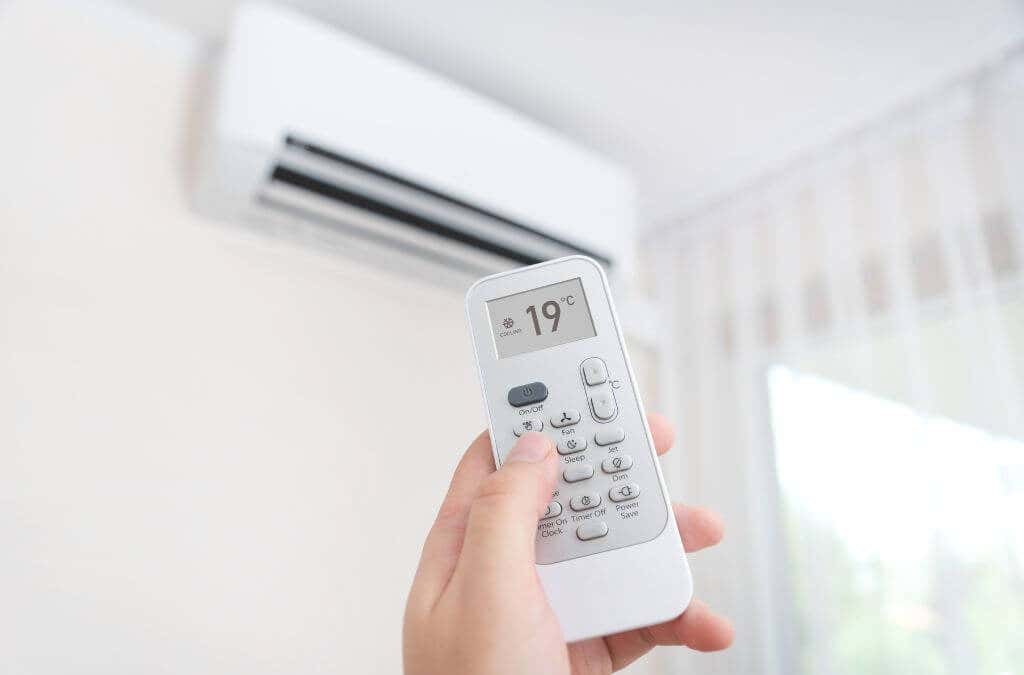
If you have fluctuating power coming directly from your mains, a UPS that filters out these spikes may be the solution, but you’ll need an electrician to check your supply.
2. Is Your Source Low Resolution?
One of the most common causes of a blurry picture on a flat-screen LCD TV is a mismatch between the content’s resolution and the TV’s resolution capability.
LCD, Mini-LED, microLED, Plasma, OLED, or QD-OLED all use different technologies to make moving pictures. However, one thing they all have in common is a “native” resolution. This refers to the TV’s grid of physical pixels (picture elements). A 4K UHD TV has a pixel grid of 3840 x 2160 pixels. This is four times as many pixels as a Full HD TV at 1920×1080. So, for every pixel of information in a Full HD image source, the TV must fill four physical pixels’ worth of data.
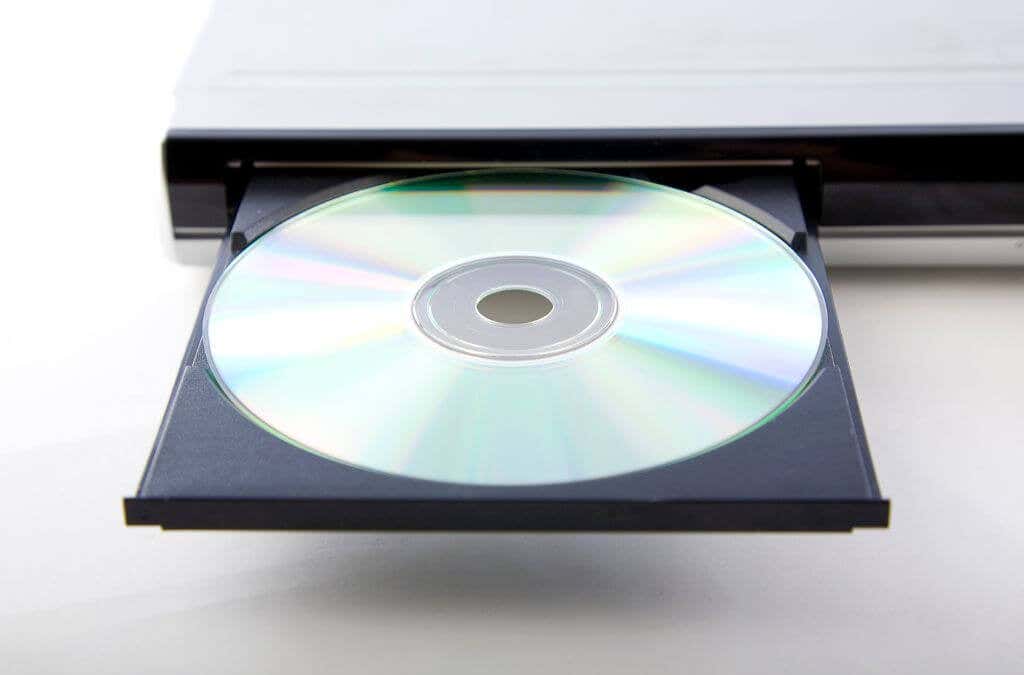
There are several ways to “upscale” low-resolution images to high-resolution displays, and they all have varying levels of success. Going from FHD to UHD is straightforward since it involves making groups of four pixels act as a single pixel. Whenever the resolution of the source image divides evenly into the target screen’s resolution, you’ll get a softer image, but it will still look good.
You may get an ugly smeary result if the source doesn’t divide perfectly into the target. If that happens, try the other troubleshooting steps below.
3. Change Your Upscaling Settings (Or Your Upscaler)
Various TVs and set-top box devices offer different options regarding how they scale lower-resolution sources to higher-resolution screens. We can’t be very specific here because different devices and TVs have other names and menu systems. So you’re better off looking in your manual or online for anything to do with “upscaling” and your devices.
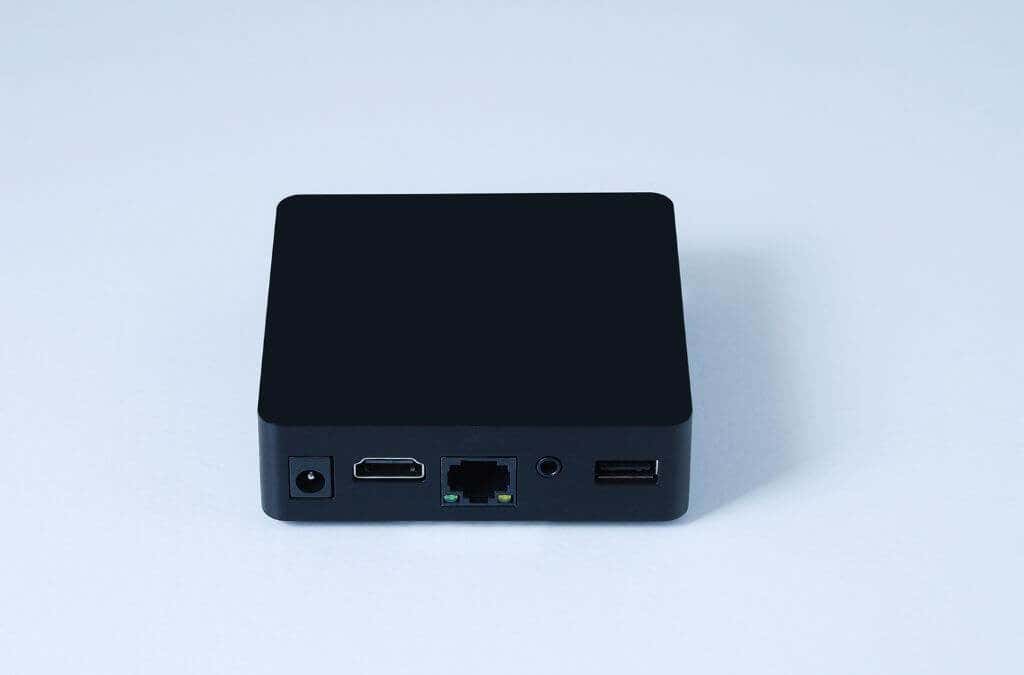
One important tip we can give you is to avoid having the TV itself do the upscaling. High-end televisions may have superior upscaling technology, but mid-range and low-end sets generally don’t have the processing power to upscale with good results.
Instead, if you’re using a connected device like a cable box, gaming console, Android TV, Apple TV, or another similar source, set its output resolution to match your TV’s native resolution. Any upscaling will happen on that device before it reaches the TV.
4. Change Your Streaming Picture Quality Settings
If you are watching a streaming video source (such as the Netflix or Hulu app on a smart TV), then the fuzzy image may have nothing to do with your TV and everything to do with your bandwidth or quality settings.
Go to the picture settings of your streaming app of choice and set your quality and bandwidth usage preference. With some streaming apps (e.g., Disney Plus), you can select the preferred quality while watching your content. Change the quality setting from automatic to a setting that matches what your TV was designed to display.
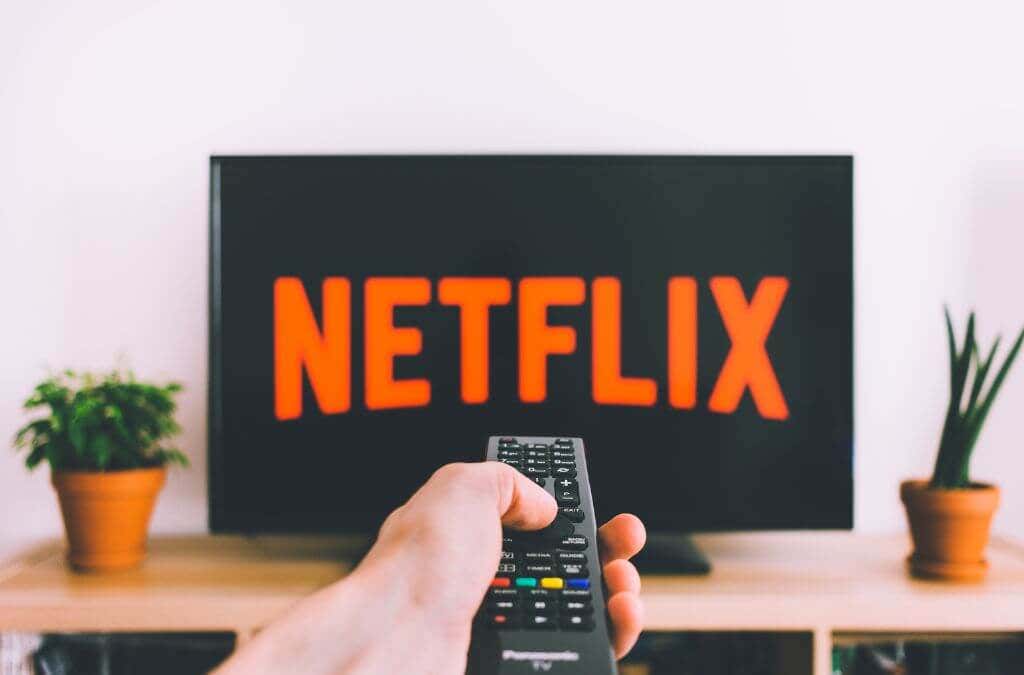
Bear in mind that your internet connection may be too slow to stream at your TV’s sharpest quality. It may also take a few seconds for the stream to switch to the higher-quality mode. There are also different quality “bitrates” within each resolution tier. So, although you may be streaming at (for example) 4K, if it’s at the lower end of the bitrate for that resolution, there can still be blurring, fuzziness, or other artifacts in the picture.
5. Is the Source Digital or Analog?
HDMI is a digital image standard that ensures you get the source’s quality without degradation. If you’re using an analog source, such as a DVD player connected using RCA connectors, there can be significant interference or signal loss, depending on several factors.
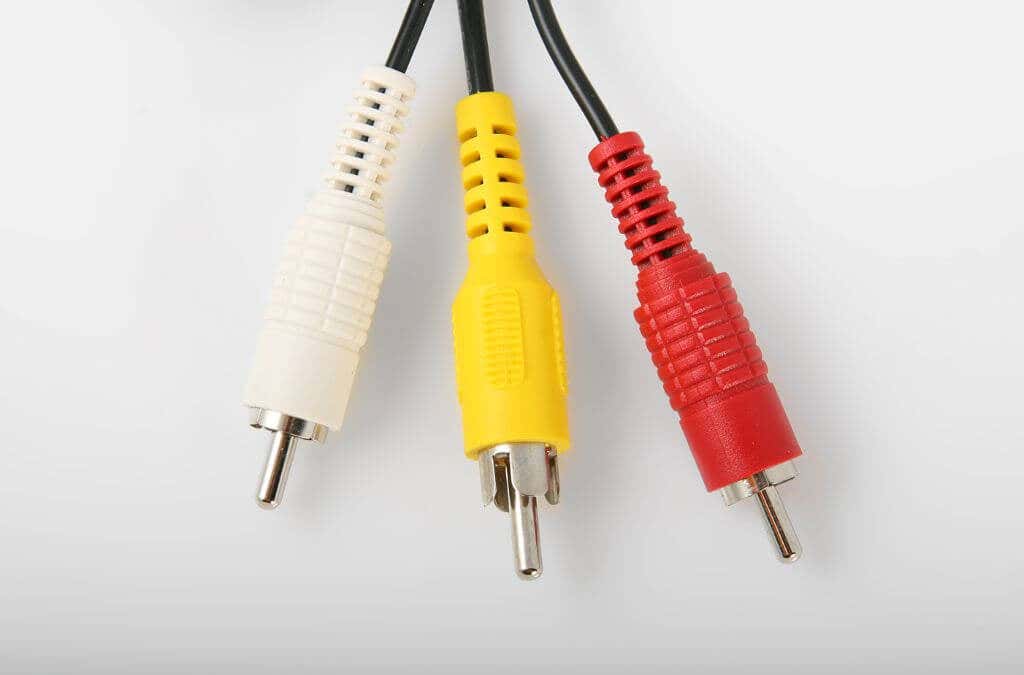
If possible, switch to HDMI instead. Returning to our DVD player example, some models provide HDMI output and have internal upscalers that make DVD footage look sharper on modern HDTVs.
6. Try a Different HDMI Cable or Port
HDMI is digital, and usually, it works correctly or not at all. We have seen situations, though, where bad ports or cables can cause snow or other image artifacts. HDMI is built to have a certain level of digital error correction. However, if the amount of electrical interference or damage to a cable or port passes a threshold, it may degrade the image.
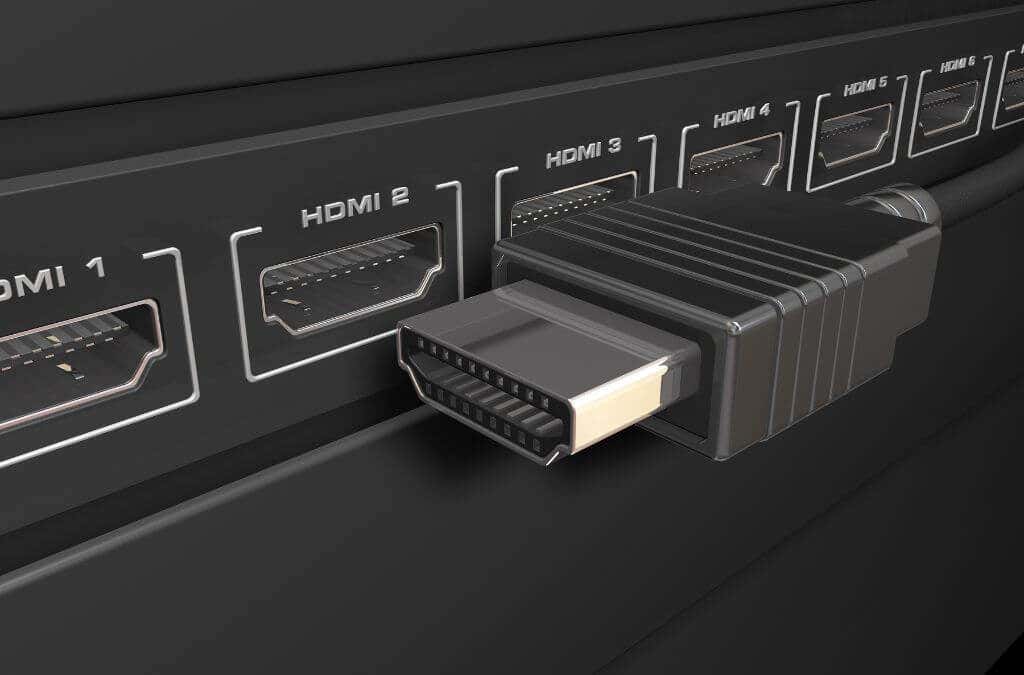
One fix for a blurry or fuzzy video is to switch out the HDMI cable or move it to another input on the TV to check if there might be something wrong with the cable or the port.
7. Adjust Picture Mode or Sharpness Settings
Virtually all modern HDTVs offer a form of digital sharpening. This is usually listed under TV settings alongside contrast, brightness, etc. Use your TV remote control to access those menus, usually by first pressing the menu button.
Lowering the sharpness level will soften the image. Your sharpness setting might have softened things so much that the display looks blurry or fuzzy. The answer, of course, is to turn the sharpness up until you’re happy with the result.
Increasing the sharpness filter is also an effective way to deal with blurriness in the source footage. Still, only so much can be done before the image looks over-sharpened and unappealing.
Switching picture modes in your TV settings can eliminate the blurriness. LG, for instance, reckons having your TV’s picture mode set to Standard or Vivid can sharpen a blurry screen. Contact your TV manufacturer or check its user guide document for the best picture mode for visible pictures.
8. Turn On Blur-Reduction Features
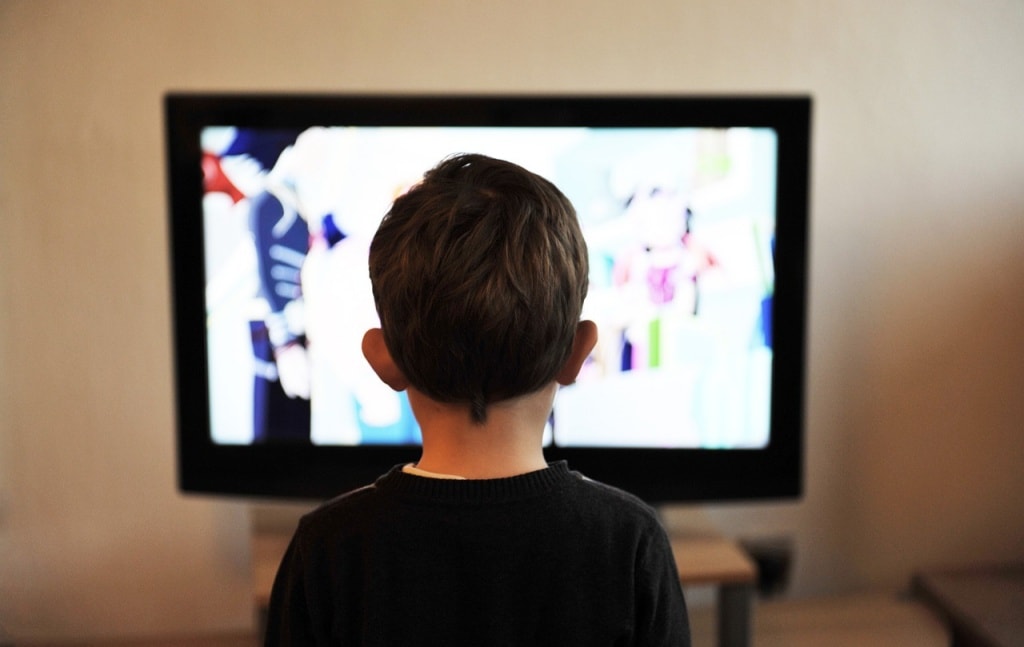
Unlike CRT (cathode ray tube) TVs, all modern flat-screen TVs exhibit a type of motion blur known as sample-and-hold motion blur. In addition, lower-end TVs may have inherent blur as the individual pixels change their state too slowly.
Companies like Samsung and Sony have worked tirelessly to create new panel technologies to combat these issues. If you have an old TV, it may not benefit from the fast pixel response times more recent models can achieve.
As for motion blur caused by the sample-and-hold nature of flat panel technology, you can activate two main features to combat it. The first is motion smoothing, also known as frame interpolation. Different TV brands have other names, so you’ll have to look for something that refers to motion and smoothness or do a web search for your TV model with the term “motion smoothing.”

This feature creates new frames from the existing frames in the video to offer liquid-smooth, blur-free motion. This is the much-derided “soap opera effect,” but you may prefer the crispness of this mode for some content, such as HD sports broadcasts.
The second feature is something known as Black Frame Insertion (BFI). This inserts a black frame between every frame displayed on the screen. This makes the TV offer motion closer to a pulsed CRT display, thus defeating sample-and-hold blur. However, this comes at the cost of brightness and vibrancy. Newer TVs don’t suffer as much as older models, but either way, you can switch the feature on and decide which image you prefer.
9. Turn Off Image Post-Processing
Post-processing refers to things your TV does to the images before displaying them. TV manufacturers have a “secret sauce” of algorithms that help make pictures and colors look better, but too much post-processing can leave a soft and blurry image.
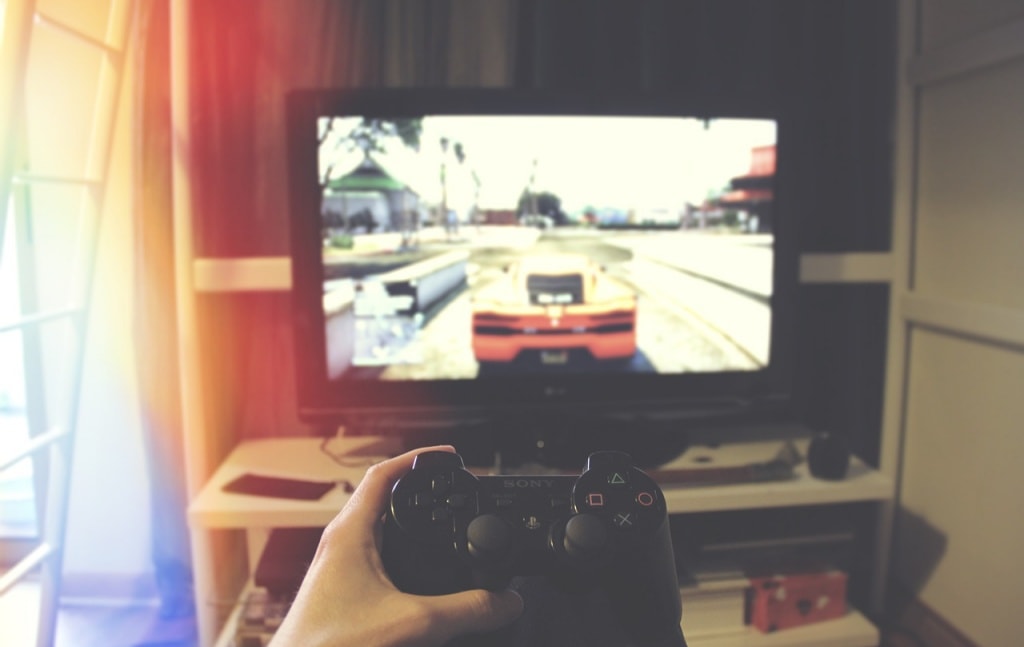
Turn off as many post-processing effects as possible, using your TV manual as a guide. Then, experiment with the ones that offer the best picture without causing too much blur. Noise reduction may be one of the most important settings to adjust if you’re experiencing a snowy or speckled image.
Check your TV settings for Digital Noise Reduction (or Digital Noise Filter) and other similar features designed to enhance low-quality or low resolution. Turn them off and check if that improves picture clarity.
10. Get a Professional Assessment
If nothing you’ve tried above resolves your fuzzy, blurry TV, it’s probably time to have a professional tech support person look at your TV. Sometimes, it may be as simple as replacing a relatively inexpensive component. But if there’s something wrong with the core components of the TV, it’s often not worth the expense to replace those major parts. If your TV is still under warranty, you should refrain from letting anyone work on it, even if it is a minor problem. Instead, have it repaired and replaced under warranty.
Contact your TV manufacturer for assistance, and have your TV’s serial and model number handy for support and warranty verification purposes. If you’re experiencing picture blur on a new TV and the above troubleshooting steps don’t resolve the issue, contact the seller for a replacement unit or new TV set. It’s possible the TV has a factory defect or broken beyond repair during delivery.